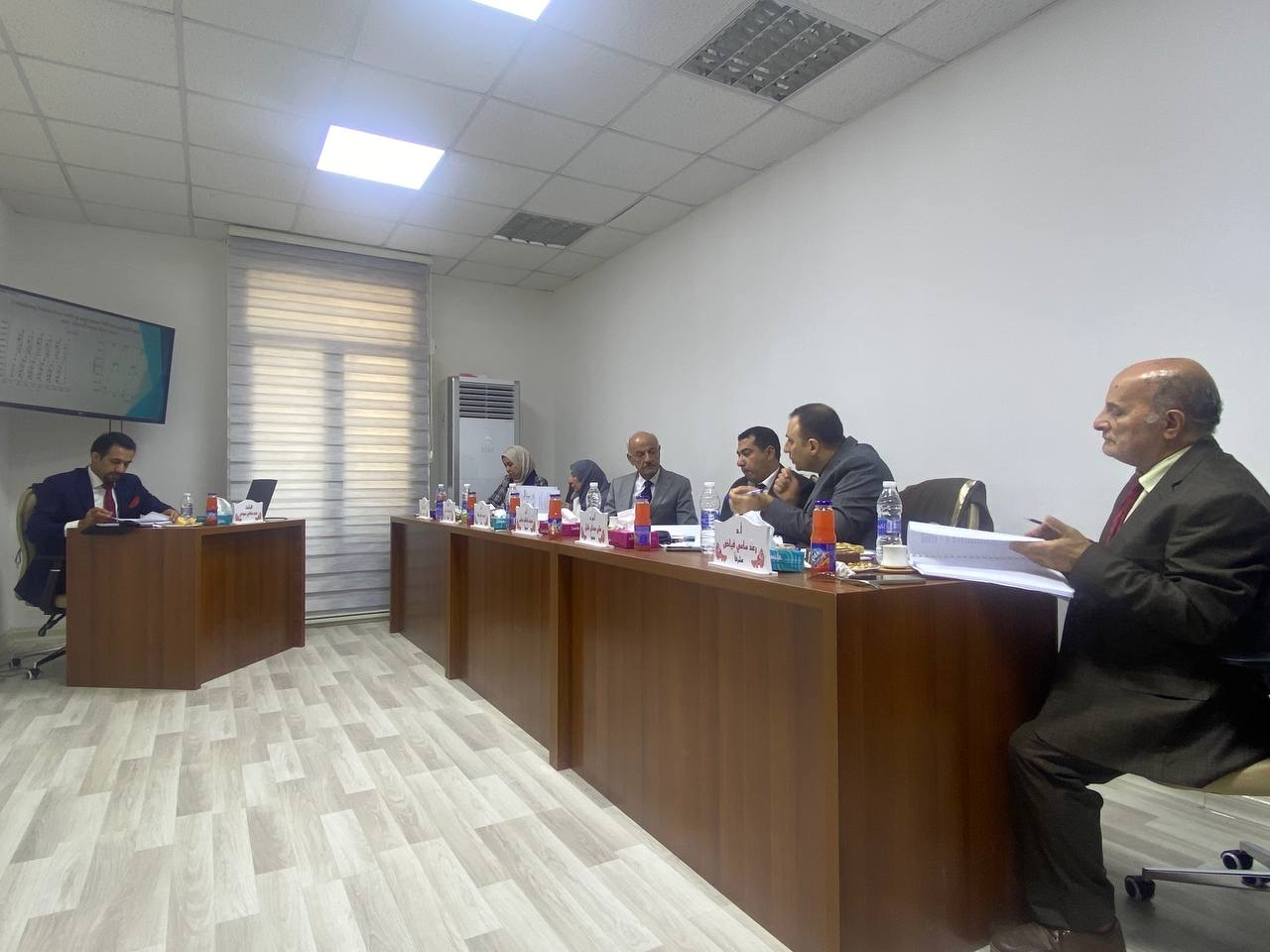Visitors: 32457995 Views
Done By: Laser & Optoelectronic Engineering Department
Post Date: 2023-11-09
Last Browse: 2025-11-29

The accelerated progress in nanotechnology has resulted in the identification of many two-dimensional (2D) materials, including graphene and transition metal dichalcogenides (TMDs). The use of atomically thin materials with distinctive optical characteristics has shown significant promise in the advancement of optical communication and signal processing technologies. This Dissertation proposes and demonstrates different all-optical switching and modulation configurations assisted by graphene and tungsten disulfide (WS2) as 2D materials. Different processes, like Kerr effect, linear/nonlinear optical characteristics, plasmonic effect, and exciton dynamics, are investigated to determine how they can be used in devices made from 2D materials. Furthermore, an investigation is conducted on the optical characteristics of graphene and WS2 using chemical vapor deposition (CVD) fabrication methods. The work in this Dissertation covers three experimental parts and one simulation part. The 1st experimental part investigates the optical properties of micro-cavities coated by graphene and examines the switching behaviour in all-optical and electro- optic fields. The 2nd experimental part modifies the micro-cavities platform along with coating it with WS2, and then testing its switching behavior. In the 3rd experimental part, a graphene/WS2 heterostructure is investigated for different all- optical signal processing functions including switching and phase modulation. In the simulation part, an all-optical switch having a graphene thermo-optic effect-assisted Mach-Zehnder Interferometer (MZI) configuration is designed and simulated. Si3N4/SiO2 waveguides are used in the design and implemented on silicon. The resulting switching times deduced from the 1st and 2nd experimental parts are 0.29 s and 0.19 s, respectively. At the same time, the demonstrated graphene/WS2 heterostructure expresses a two-step switching behavior. Moreover, the graphene/WS2 heterostructure shows other nonlinear processing phenomena, such as spatial self-phase modulation and four-wave mixing. Finally, the suggested design of MZI performs the all-optical switching successfully, using different core and MZI arm length dimensions. A 50 mW is estimated as the π-phase shift pump power when the MZI is designed with 300 m arm length and 2.3x2.3 m2 core section which is lower than reported in related work. The experimental work was performed at Laser and Plasma Research Institute- Shahid Bahashti University- Iran. The simulation was performed using COMSOL ver. 6.1 software.ABSTRACT